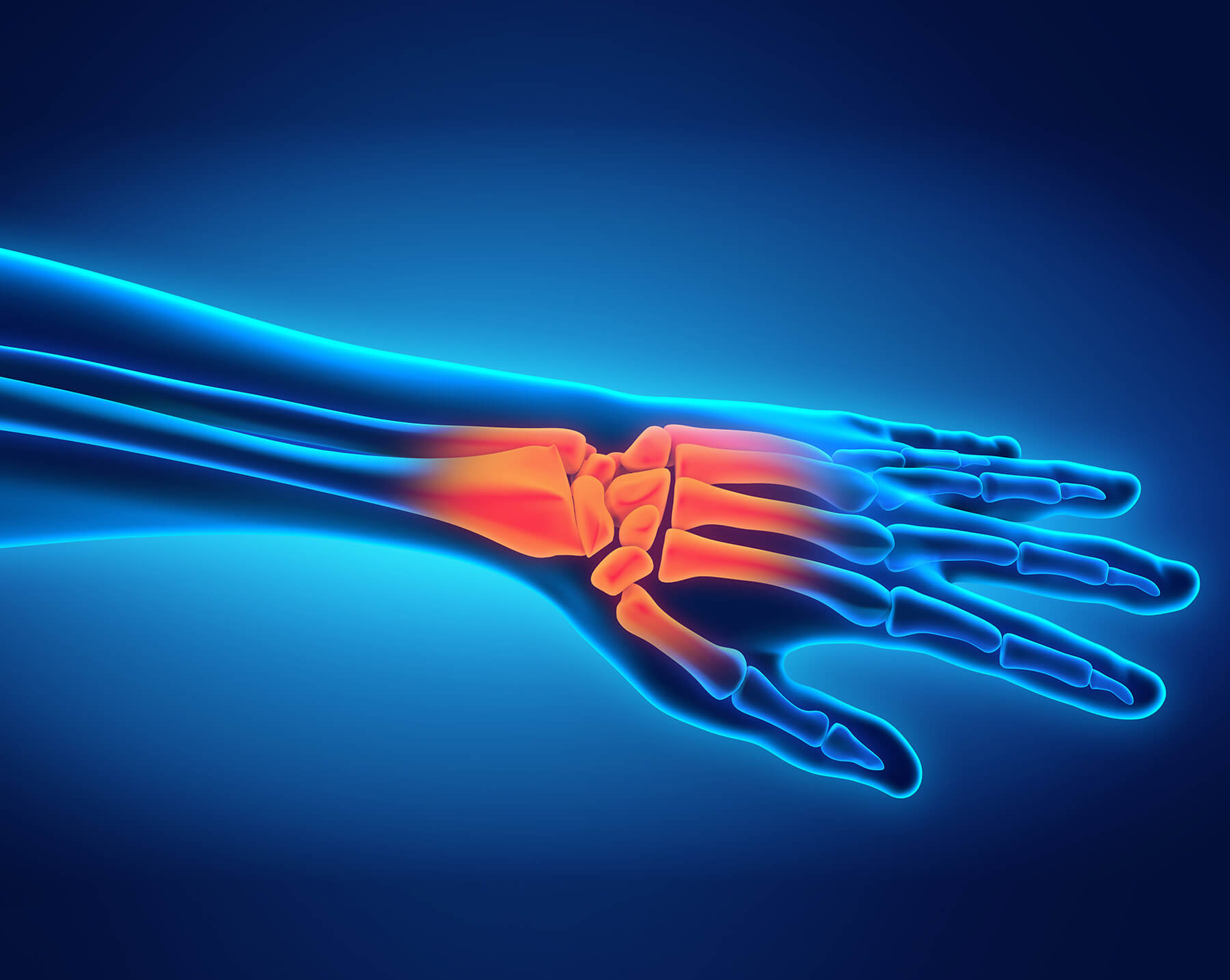

Our ServicesArm Pain
Arm pain is something many of us have experienced—whether it's a dull ache after a workout, a sharp jolt while lifting something heavy, or a persistent discomfort that just won’t go away. While often harmless and temporary, arm pain can sometimes signal something more serious.
In this blog, we’ll explore the common causes of arm pain, signs you shouldn’t ignore, and when it’s time to see a doctor.

What Causes Arm Pain?
Arm pain can originate from a variety of sources, including muscles, joints, bones, nerves, or even organs. Some of the most common causes include:

Overuse or sudden exertion—like lifting heavy objects or repetitive motion—can strain the muscles in your arm, leading to soreness, stiffness, or even spasms.

Inflammation of the tendons, often from repetitive movement (like typing or playing sports), can cause pain and swelling in the arm. Tennis elbow and golfer’s elbow are common examples.

Pinched nerves in the neck or upper spine can cause radiating pain, numbness, or tingling in the arm. Conditions like cervical radiculopathy or carpal tunnel syndrome are key culprits.

Falls, accidents, or sports injuries can lead to bruising, dislocations, or fractures. These typically cause intense pain, swelling, and limited mobility.

Both osteoarthritis and rheumatoid arthritis can cause joint pain in the shoulders, elbows, or wrists, often accompanied by stiffness and reduced range of motion.

Surprisingly, arm pain—especially in the left arm—can be a symptom of a heart attack. This is usually accompanied by chest pain, shortness of breath, or nausea.
When conservative  care needs
care needs
a specialist’s touch.
touch.
When Should You Be Concerned?While occasional arm pain is normal, it’s important to recognize red flags that could signal a more serious issue:
Sudden, severe pain without injury
Arm pain accompanied by chest tightness or shortness of breath
Numbness or tingling in the fingers or arm
Swelling, redness, or warmth (signs of infection or inflammation)
Inability to move the arm or joint properly
Pain that persists or worsens over time
How Is Arm Pain Treated?Treatment depends on the cause but can include:
Rest and Ice: Useful for strains and inflammation.
Pain Relief: OTC medications like ibuprofen or acetaminophen.
Physical Therapy: Improves strength and flexibility.
Splints or Braces: For conditions like carpal tunnel.
Surgery: In rare cases, for severe injuries or nerve issues.
Lifestyle Adjustments: Ergonomic changes at work, exercise modifications, and posture correction.
Prevention Tips
Stretch and warm up before exercise
Maintain good posture, especially during desk work
Avoid repetitive movements or take frequent breaks
Use proper techniques when lifting or exercising
Stay hydrated and maintain a healthy weight
Final Thoughts
Arm pain can range from mildly irritating to seriously concerning. Listening to your body is key. If the pain doesn’t go away, interferes with daily activities, or is paired with other unusual symptoms-don’t wait. A healthcare professional can help you identify the root cause and guide you toward the right treatment.
Your arms do a lot for you-don’t ignore what they’re trying to say.

